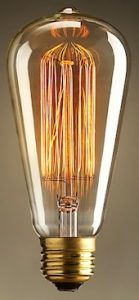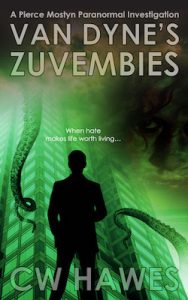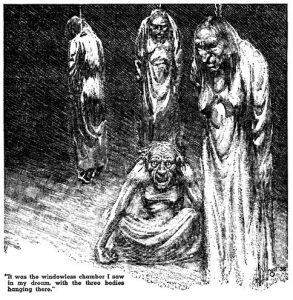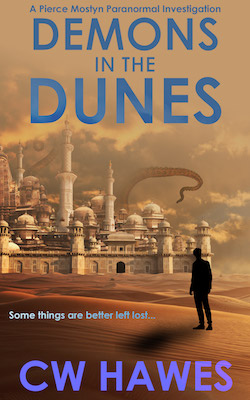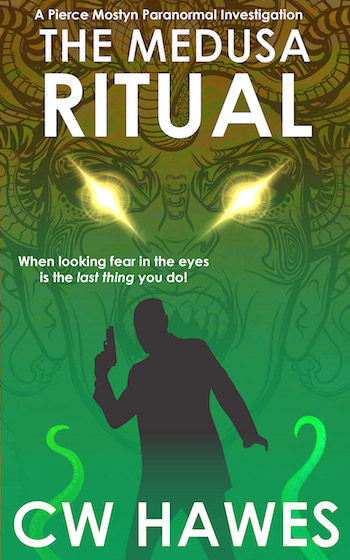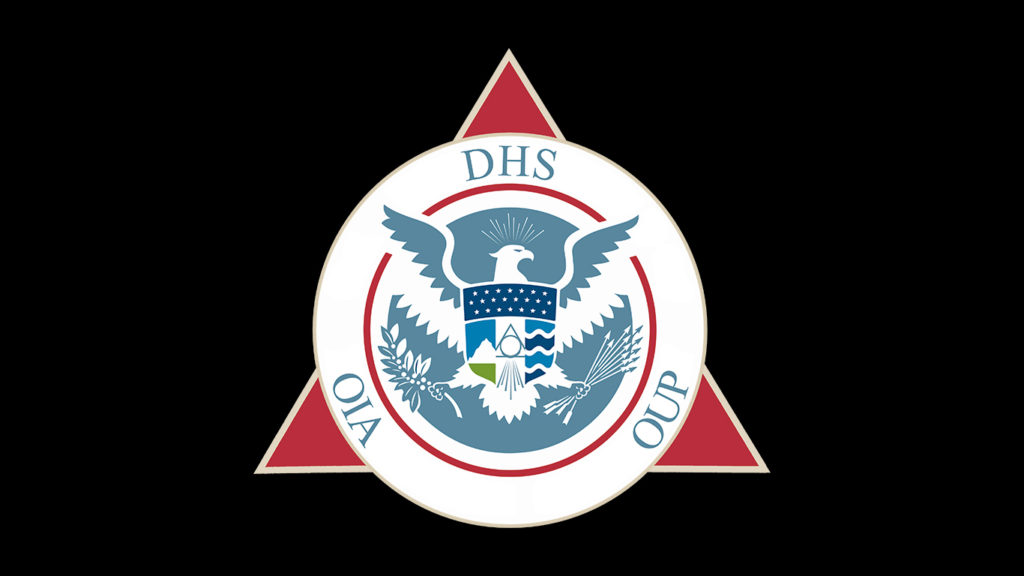Novels are long works of fiction. How long depends on who you ask. Today, novels tend to be quite long on average. After all, publishers need to make a buck. As a reader, though, I find them bloated, ungainly, and filled with lots of boring stuff I usually skip over. Elmore Leonard’s rule about not putting in your novel the stuff readers skip over is routinely ignored in today’s publishing world.
However, that was not always the case. There was a time when novels topped out at 60,000-70,000 words. And most where in the 40,000 word range. For me, as a reader, that’s the length I like. Anything longer has to be super doggone good or I stop reading. Life is too short for boring.
I love short stories. They’re concise and provide bite size entertainment. Some of the most powerful pieces of fiction I’ve read are short stories. Such gems as “Silent Snow, Secret Snow” by Conrad Aiken; “Sredni Vashtar” by Saki; “Hills Like White Elephants” by Ernest Hemingway; “The Cask of Amontillado” by Edgar Allan Poe; and “The Spotted Dog” by Anthony Trollope, to name a few.
Nothing can beat the impact of a well-written short story.
On the other hand, within the last couple years I’ve come to very much appreciate those middle length forms: the novelette, and the novella.
Longer than a short story, the novelette and novella allow for more expensive treatment of the story, deeper treatment of the characters. And I find novelettes and novellas give me a more satisfying read than novels because there is no padding, no boring parts, no filler material to satisfy a publisher’s or editor’s length requirements.
As a writer, I find the novelette, running roughly between 7,000 and 20,000 words, and the novella, at 20,000 to 50,000 words, give me enough space to tell the story, flesh out the characters, and omit the parts I as a reader would probably skip over.
Certain genres, such as horror and perhaps mystery, are at their best in the novella and novelette length.
When reading a horror novel, too often I find the author incapable of maintaining the atmosphere and the suspense. The result is a roller coaster of increasing and decreasing tension, rather than slowly building suspense, tension, and terror which culminate in the climax of the story.
Mystery novels often have unnecessary filler to pad out the length. The sleuth runs here, runs there, often getting nowhere. He or she spends time navel gazing, or baking, or knitting, or we might be treated to an extended tourist guide view of the locale.
In my own writing, I’ve been gradually moving from the novel to the novella and novelette. The Justinia Wright novels are the last hold outs. Although they are relatively short novels for mysteries. They average between 49,000 and 51,000 words, with the longest being 54,000.
Nevertheless, in the future I see more novelette and novella length Justinia Wright mysteries, such as Vampire House, Genome, the novelettes comprising Trio in Death-Sharp Minor, and the forthcoming The Nine Deadly Dolls.
From the beginning, the Pierce Mostyn series has been in novella length and I have no plans to change. The novella gives me plenty of space to tell the story with satisfying pacing, tension, and atmosphere; and to give the reader good character development.
Given how busy our lives are these days, it seems to me fiction that can provide a satisfying virtual experience in one sitting, say, on the bus or train commuting to work, or listening in the car during the daily commute, or in the evening after work, or on a Saturday or Sunday afternoon, such a read would be ideal. A visit to another world taking just about an hour, perhaps two. Sounds perfect to me.
The novella and the novelette: not too big and not too small. They are just right.
Comments are always welcome! And until next time, happy reading!
Share This!